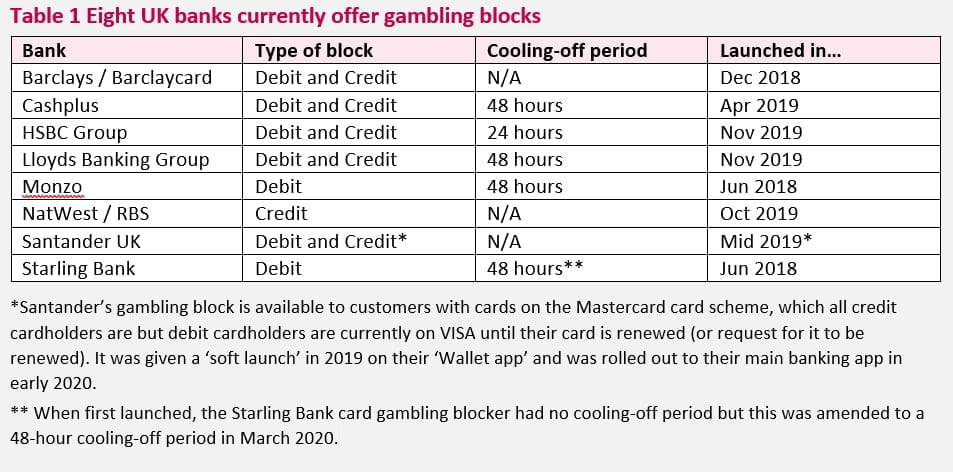On July 14, GambleAware hosted a webinar on the topic of finance and gambling. During the session, which was chaired by Money and Mental Health CEO, Helen Undy, speakers explored what data and information is available to banks to help protect against and detect possible gambling harms.
Simon McNair from the Behavioural Insights Team also shared highlights from two reports produced using HSBC and Monzo data that examined what customer transactional data can show us about gambling habits.
Professor Sharon Collard from PFRC talked through the new guide for financial institutions, including the main recommendations banks should take forward.
Natalie Ledward from Monzo, also shared her view on the new research and guide, including how it will impact their work going forward to help prevent their customers from experiencing gambling harm.
You can watch the webinar below.

